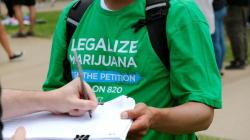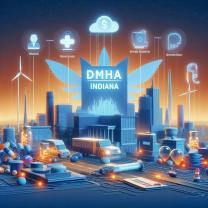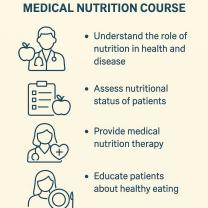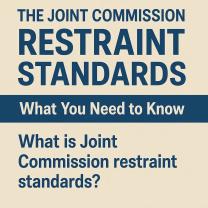What to know about blisters on hands?
Blisters on the hands can be caused by various factors and understanding them can help in proper management and prevention. Here are some key points to know:
Causes:
- Friction: Continuous rubbing or friction on the skin, especially when performing tasks like using hand tools, playing instruments, or sports, can cause blisters.
- Burns: Thermal burns from heat sources like fire, hot objects, or chemicals can lead to blisters.
- Skin Conditions: Certain skin conditions like eczema, contact dermatitis, or allergic reactions can cause blisters on the hands.
- Infections: Viral infections like herpes simplex virus or bacterial infections can manifest as blisters.
- Sunburn: Prolonged exposure to the sun without protection can cause sunburn blisters.
Symptoms:
- Fluid-filled Bumps: Blisters typically appear as small, fluid-filled sacs on the skin.
- Tenderness or Pain: Blisters might be tender or painful, especially when touched or pressed.
- Redness and Swelling: The area around the blister might be red and swollen.
Treatment:
- Leave Intact if Possible: If the blister isn't causing severe pain or isn't at risk of rupture, leaving it intact can aid in healing and prevent infection.
- Protective Covering: If the blister is in an area prone to friction, covering it with a bandage or moleskin can prevent further irritation.
- Sterile Drainage (if needed): If a blister is large, painful, or likely to burst, it might need careful drainage. Clean the area, sterilize a needle, and carefully puncture the edge of the blister to let the fluid drain.
- Keep Clean: Keeping the area clean and dry helps prevent infection. Use mild soap and water to gently clean the area.
- Avoid Popping: It's generally advised to avoid popping blisters as it increases the risk of infection.
Prevention:
- Proper Hand Protection: Use gloves or appropriate protective gear when performing tasks that may cause friction or exposure to irritants.
- Skin Care: Keep the skin moisturized and avoid harsh chemicals or allergens that can trigger skin reactions.
- Sun Protection: Use sunscreen or wear protective clothing to prevent sunburn blisters.
- Gradual Adaptation: When starting new activities or tasks that stress the hands, gradually increase intensity to allow the skin to adapt.
Persistent or recurrent blisters, especially if associated with other symptoms like fever or spreading rash, might require medical attention to rule out underlying conditions or infections.
Blisters on the Hands: Causes, Complications, and Differentiation
Blisters on the hands, those pesky little bubbles that can be itchy, painful, and downright annoying, can have various causes and potential complications. Let's delve into the details:
1. Symptoms and Potential Complications:
Symptoms:
- Small or large fluid-filled bubbles on the palms, fingers, or backs of the hands.
- Skin around the blisters might be red, swollen, and tender.
- Itching, burning, or prickling sensation.
Potential Complications:
- Infection: If the blisters break open and become exposed to bacteria, they can get infected, leading to redness, pus, pain, and fever.
- Scarring: Once the blisters heal, they might leave behind temporary or even permanent scars, especially if they were large or deep.
- Secondary skin infections: If you scratch or pick at the blisters, you can introduce bacteria and trigger a secondary skin infection.
- Underlying conditions: In some cases, hand blisters can be a symptom of a more serious underlying condition, like an autoimmune disease or allergic reaction.
2. Differentiating Between Blister Types:
Not all hand blisters are created equal! Here are some ways to tell them apart:
- Size and shape: Blisters can be small and round, large and irregular, or even clustered together.
- Fluid color: Clear fluid typically indicates friction or irritation, while cloudy or yellow fluid suggests potential infection.
- Skin involvement: Some blisters cause surrounding skin to die, while others leave it relatively unaffected.
- Distribution: Where the blisters appear and how quickly they spread can be clues to the cause.
Common types of hand blisters:
- Friction blisters: Caused by rubbing or repetitive pressure, like from using tools or wearing ill-fitting gloves.
- Burn blisters: From thermal burns (hot objects) or chemical burns (cleaning products).
- Allergic blisters: Contact dermatitis from allergens like poison ivy, latex, or certain medications.
- Dyshidrotic eczema: Tiny, itchy blisters on palms and fingers, often triggered by stress, sweating, or certain allergens.
- Autoimmune blisters: Pemphigus or bullous pemphigoid, rare conditions causing large, fragile blisters on various skin surfaces.
Remember: This information is for general knowledge only and shouldn't replace professional medical advice. If you have hand blisters, especially if they're severe, widespread, or accompanied by fever, consult a doctor for proper diagnosis and treatment.













